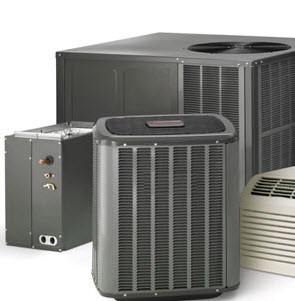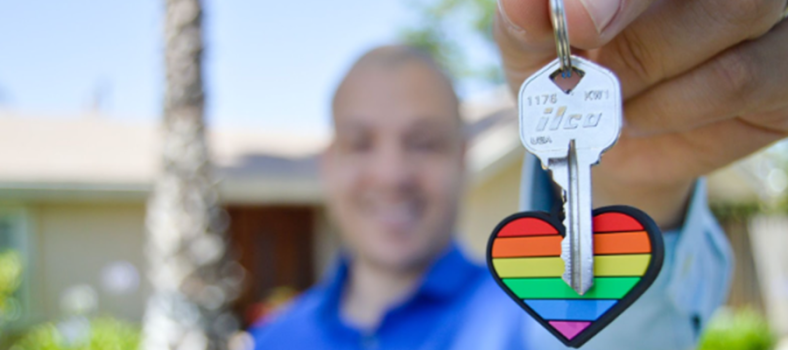The Home Office: Energy Saving Tips
Working from home certainly has it perks; zero commuting time and cost, access to the fridge, more comfortable breaks, the dog doesn’t get lonely – the list goes on and on. However, whether you have a designated office, set out with all the possible technologies, or a laptop at the kitchen table, it’s undoubtable that working from home adds to the power bill. Be smart about your energy consumption by choosing which technologies are right for your home; follow these five simple tips and take care of your personal finances by watching your energy consumption.
- 1. Take a look at the Technologies
A desktop computer can use up to 250 watts of power, whereas an energy efficient laptop can run on 14-24 watts. Choosing a laptop over a desktop can make a real difference in terms of energy consumption, and therefore the energy bill.
- 2. Activate standby mode
Computers generally have a default setting for entering sleep mode when not in use. Make this feature work for you by considering what period of time would be most appropriate. If you need to read online, then setting this to 5 minutes could become frustrating, yet if you’re constantly clicking, a shorter time frame could be appropriate.
- 3. Control overall energy consumption with a power board
Plugging all your devices into a power board gives a one-push off function that can save energy. Simply power down your computer after a long day working, then hit the master power switch to kill power to all other stand-by appliances; this will save a considerable amount each year. There is plenty of energy saving switches on the market, choose the right one for your home and start saving money.
- 4. Light right for comfort and energy saving.
Getting the light right in your home office can save money and help you to be more productive. It’s important to maximize natural light without creating glare, so consider carefully where to position the computer in relation to natural light sources. Try combining an overhead artificial light with dedicated task lighting. LED lighting uses significantly less energy than traditional bulbs, so switch to these where possible.
- 5. Close doors
If you’re sitting in your home office for the majority of the day, try to only heat and cool that space. Heating the entire house whilst in your office wastes energy. If you’re feeling the chill, try a draft excluder or pop on another jumper. For cooling during the hot months of the year, make sure you chose the type of air conditioner that best suits into the layout of your home; saving energy, and therefore money.
Managing your energy consumption in a home office can equate to real savings. In addition, making sure you are on the right energy plan ensures your energy company is working for you, rather than the other way around. When taking control of your personal finances, every little decision makes a difference, start saving today by making little adjustments and getting into good habits.






No Comment